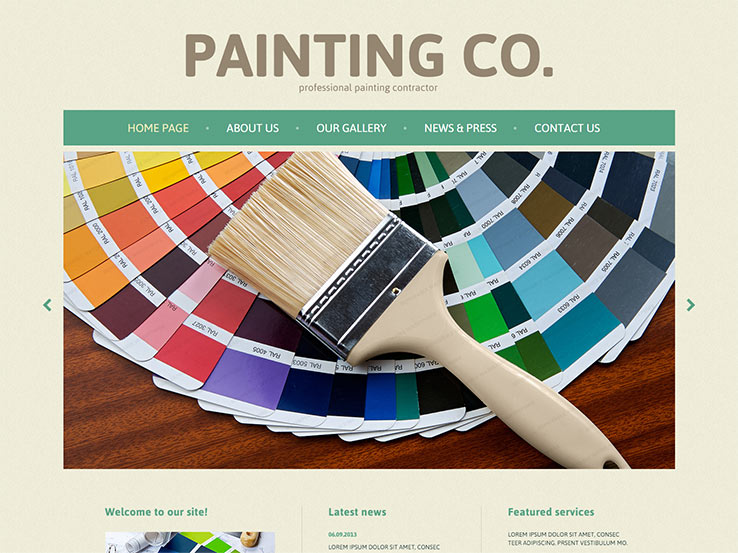Explore The Duty Of Seasonal Factors In The Success Of Business Exterior Paint And Discover The Best Times To Protect Long-Term Results For Your Task
Explore The Duty Of Seasonal Factors In The Success Of Business Exterior Paint And Discover The Best Times To Protect Long-Term Results For Your Task
Blog Article
Uploaded By-Carlson Whalen
When you're preparing a commercial outside paint task, seasonal variables can make or break your outcomes. You'll want to think about exactly how temperature level and humidity effect paint application and drying out times. Picking the appropriate period can guarantee your paint sticks appropriately and lasts longer. However which seasons are truly the best for this kind of job? Let's check out the crucial elements that can impact your project's success.
The Influence of Temperature Level on Paint Application
When you're planning an industrial exterior paint job, the temperature level can substantially affect exactly how well the paint adheres and dries out.
Ideally, you intend to paint when temperature levels range in between 50 ° F and 85 ° F. If it's too cool, the paint might not cure appropriately, causing problems like peeling or cracking.
On the other hand, if it's too warm, the paint can dry out too swiftly, avoiding correct adhesion and resulting in an irregular surface.
You should additionally take into consideration the time of day; early morning or late afternoon uses cooler temperatures, which can be extra beneficial.
Always check bedroom painters for the details paint you're utilizing, as they usually give support on the optimal temperature array for ideal outcomes.
Moisture and Its Impact on Drying Times
Temperature level isn't the only environmental variable that influences your commercial exterior painting project; humidity plays a substantial role too. High moisture degrees can decrease drying out times drastically, influencing the total quality of your paint job.
When the air is filled with dampness, the paint takes longer to heal, which can bring about issues like inadequate attachment and a greater risk of mold development. If you're painting on a specifically damp day, be planned for extended wait times between coats.
It's crucial to check local climate condition and strategy accordingly. Ideally, go for humidity levels between 40% and 70% for optimum drying out.
Keeping free house painting software in mind ensures your project stays on track and provides a lasting coating.
Best Seasons for Commercial Outside Paint Projects
What's the most effective time of year for your industrial outside paint projects?
https://painternearme20627.blogdemls.com/34213885/setting-the-stage-for-a-successful-paint-job-begins-with-one-vital-facet-that-is-commonly-overlooked-and-it-can-make-all-the-difference-worldwide and early fall are usually your best bets. During these seasons, temperatures are mild, and moisture levels are frequently lower, developing perfect problems for paint application and drying out.
Avoid summer season's intense heat, which can create paint to dry as well swiftly, resulting in poor attachment and coating. Similarly, wintertime's chilly temperature levels can impede correct drying and healing, risking the durability of your paint job.
Go for days with temperature levels between 50 ° F and 85 ° F for optimal outcomes. Remember to check the local weather prediction for rainfall, as damp conditions can spoil your task.
Preparation around these elements guarantees your painting project runs efficiently and lasts much longer.
Verdict
Finally, preparing your commercial exterior painting jobs around seasonal factors to consider can make a considerable difference in the outcome. By organizing work throughout the excellent temperatures and moisture levels, you'll make certain much better attachment and drying out times. Keep in mind to watch on local weather prediction and choose the right time of year-- springtime and very early fall are your best options. Taking these actions will certainly aid you achieve a long lasting and expert finish that lasts.
